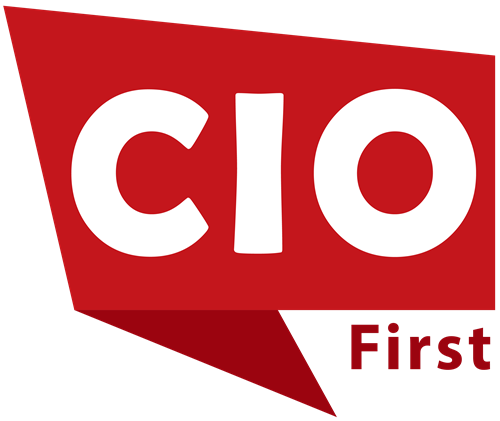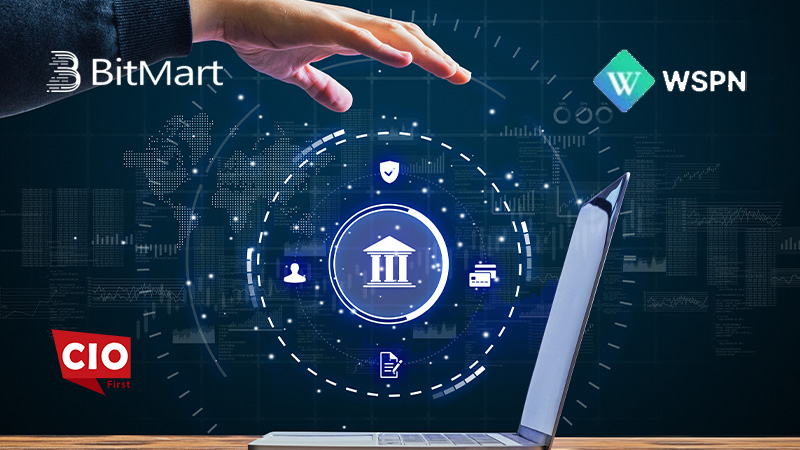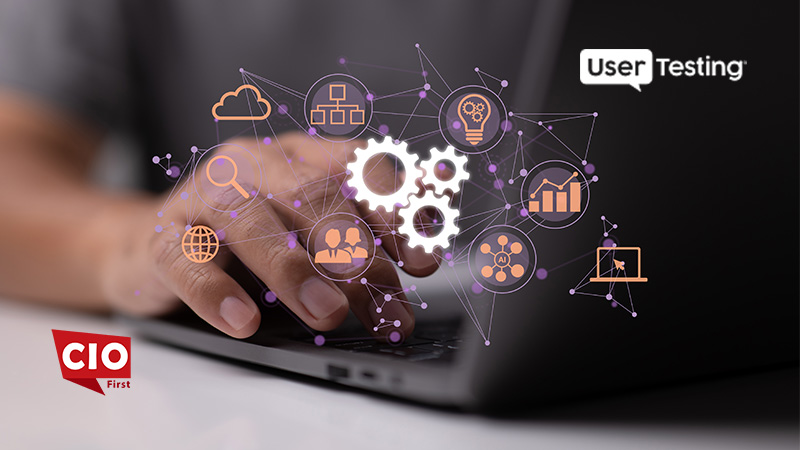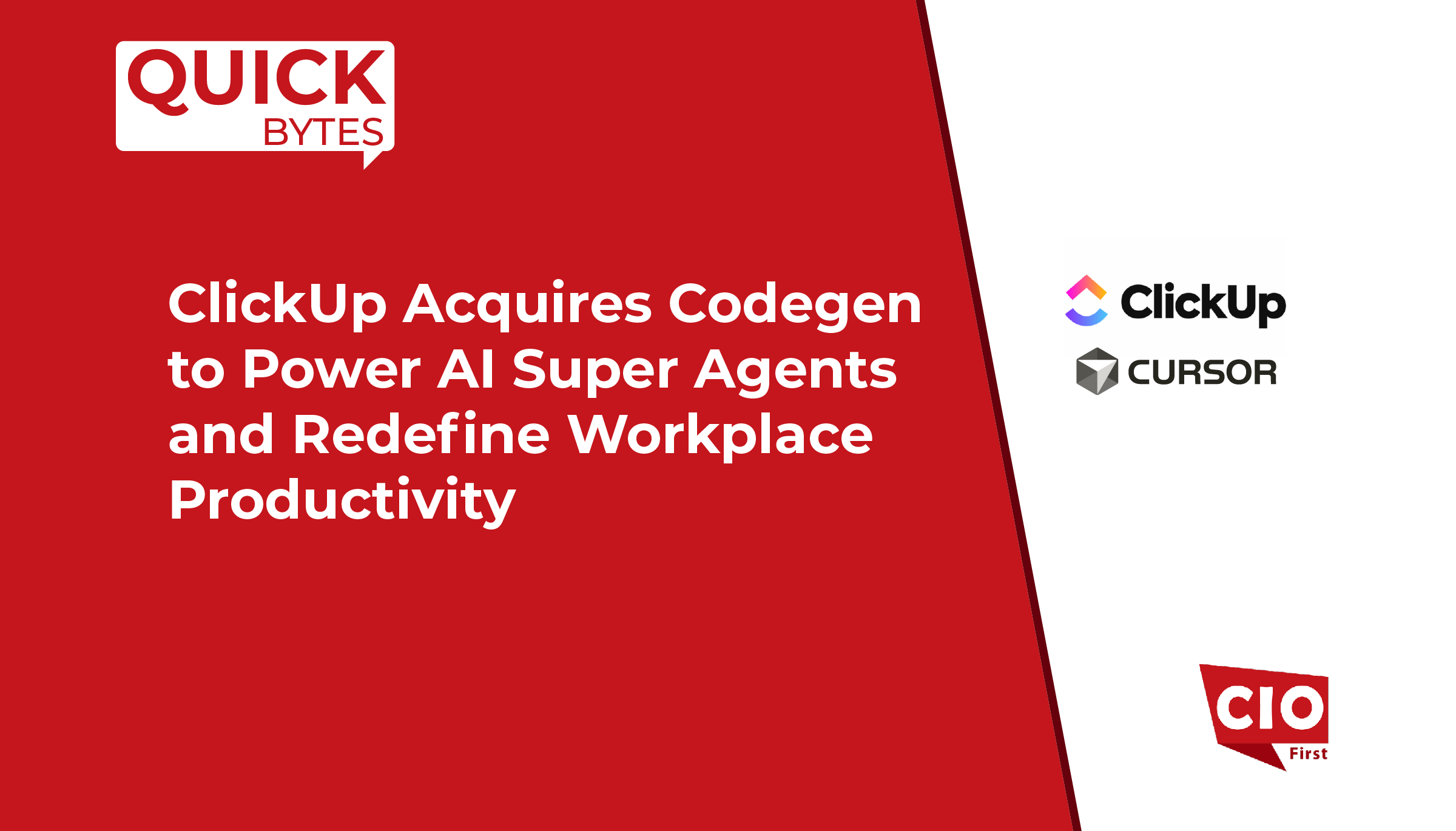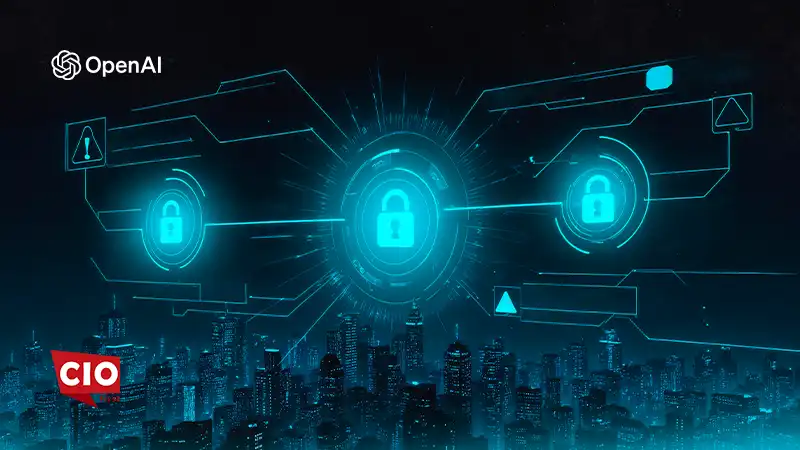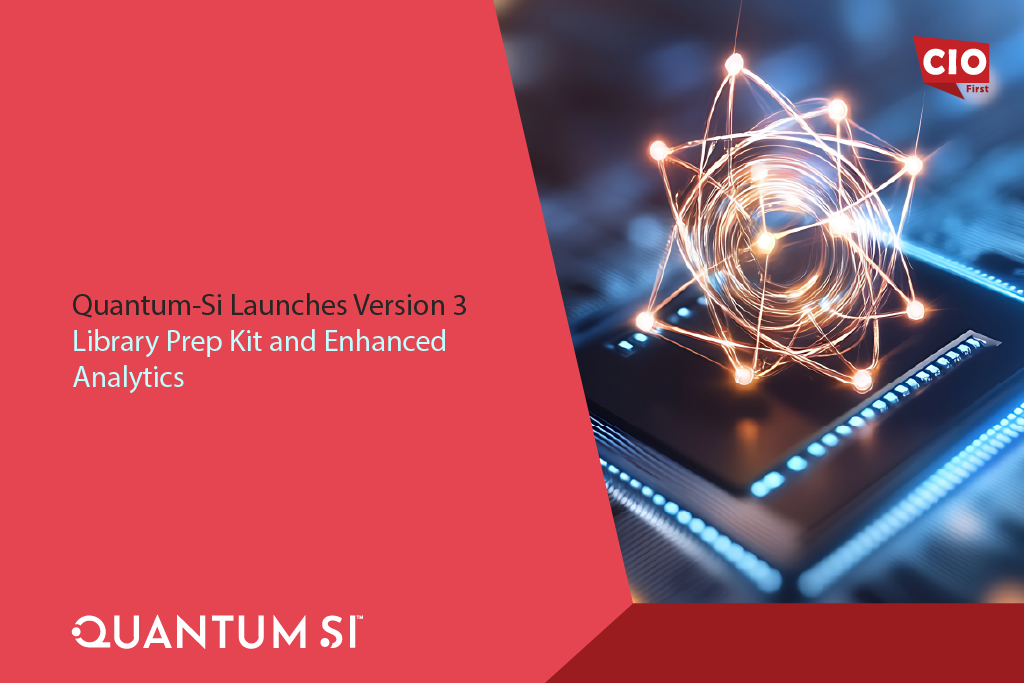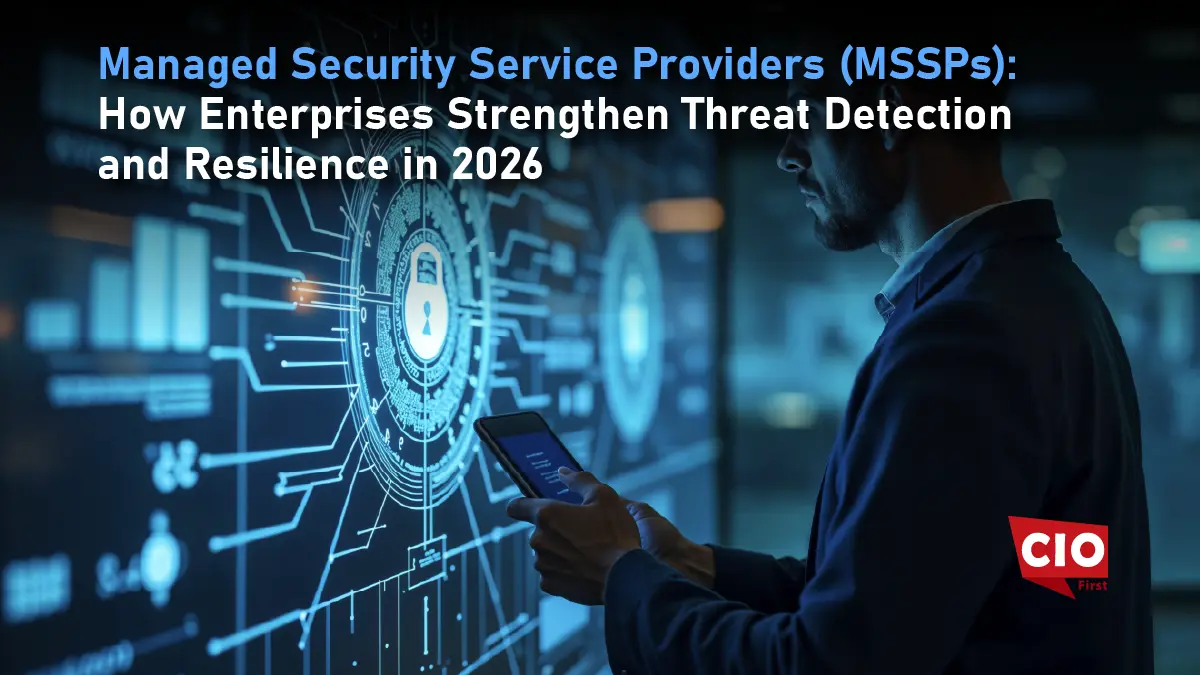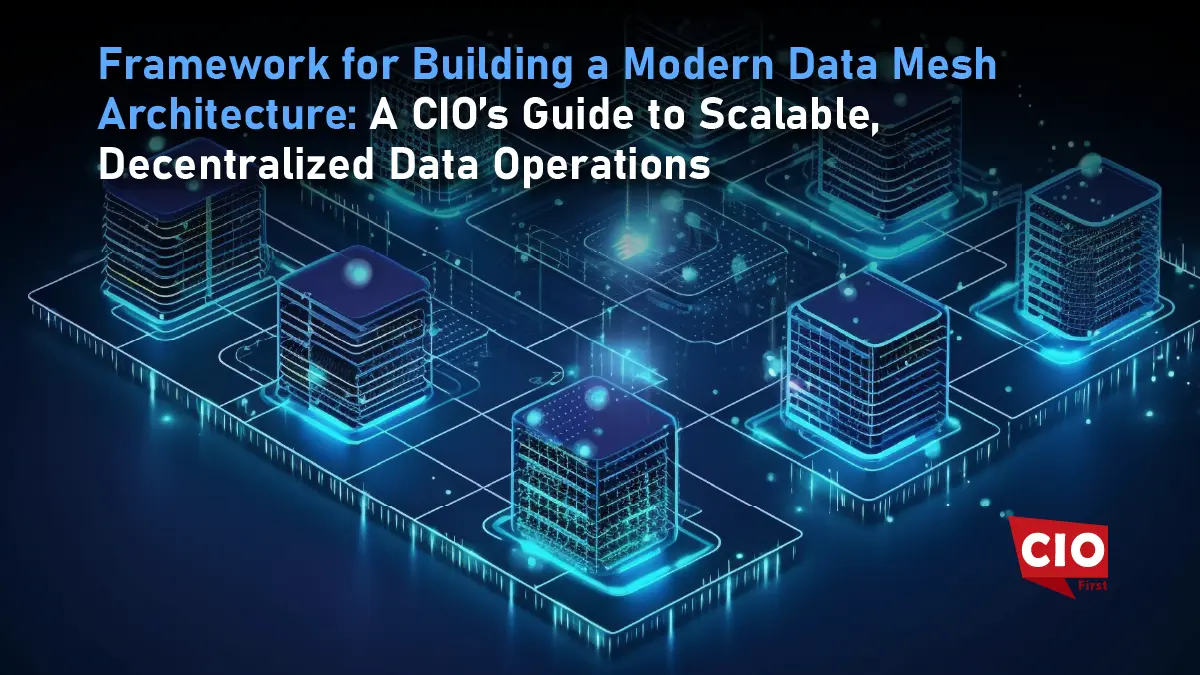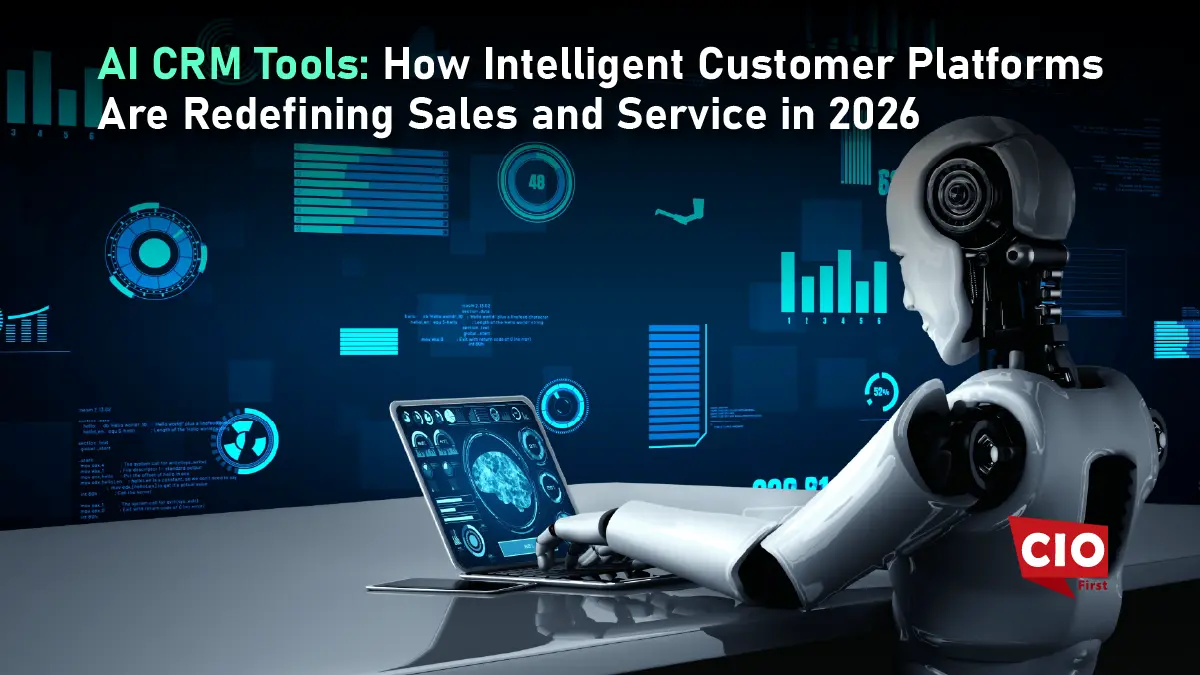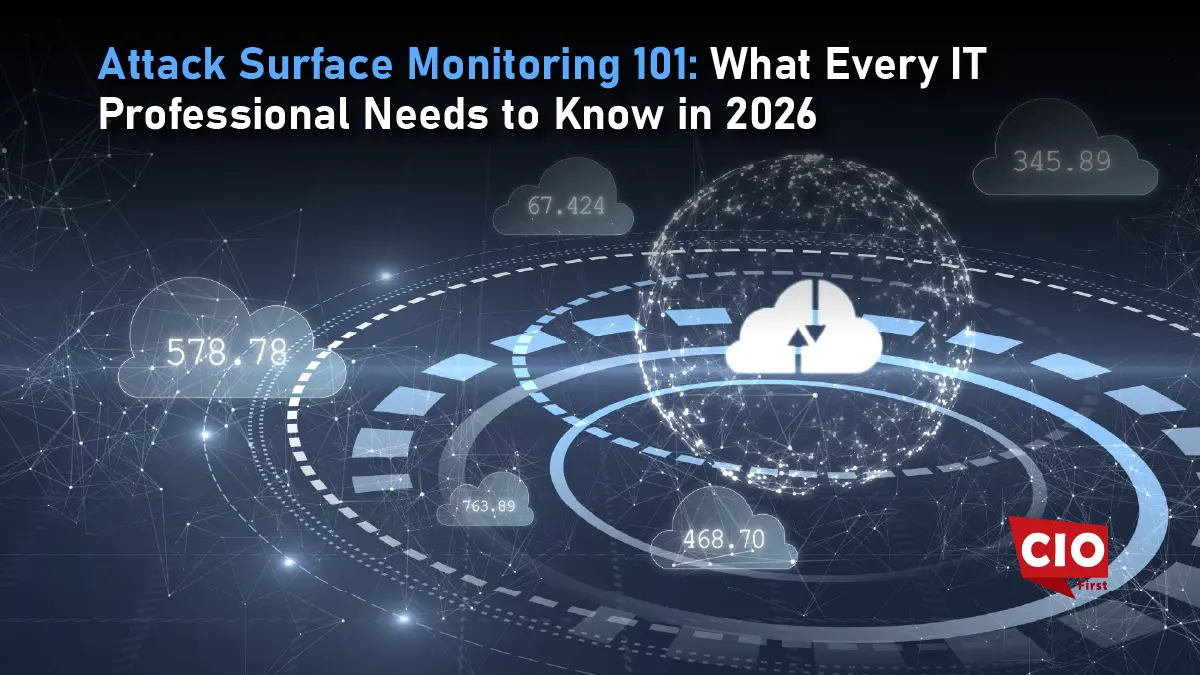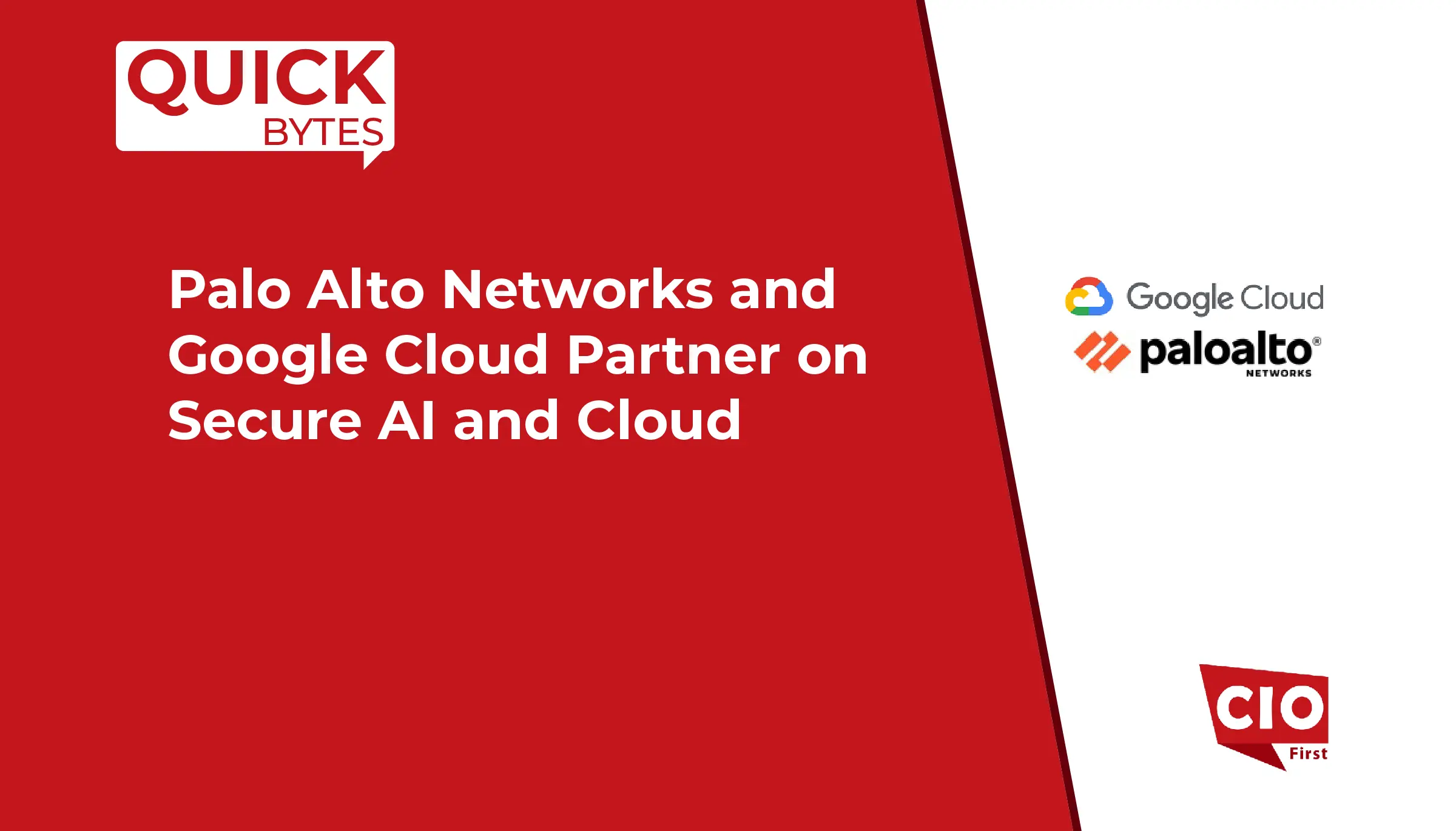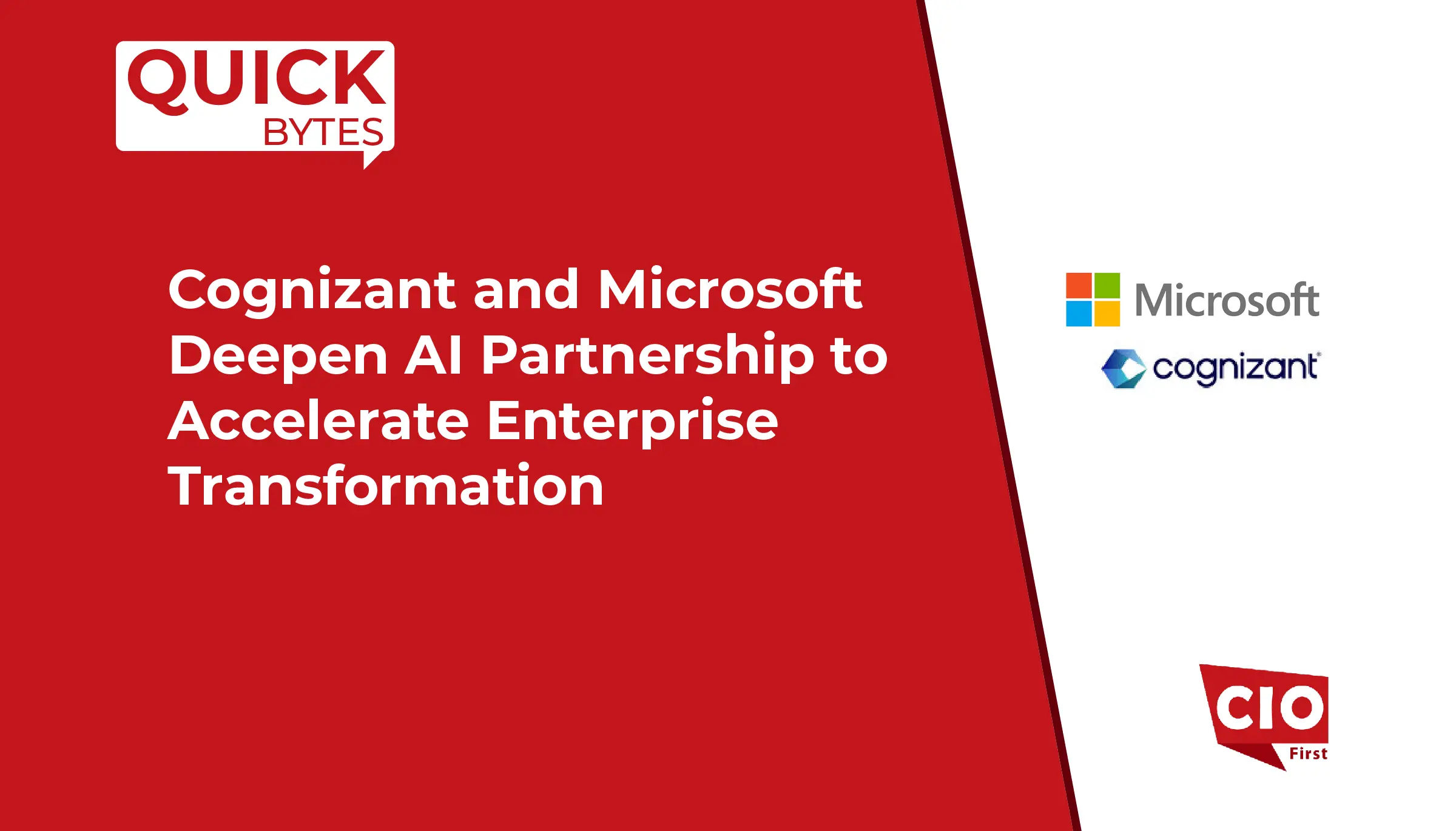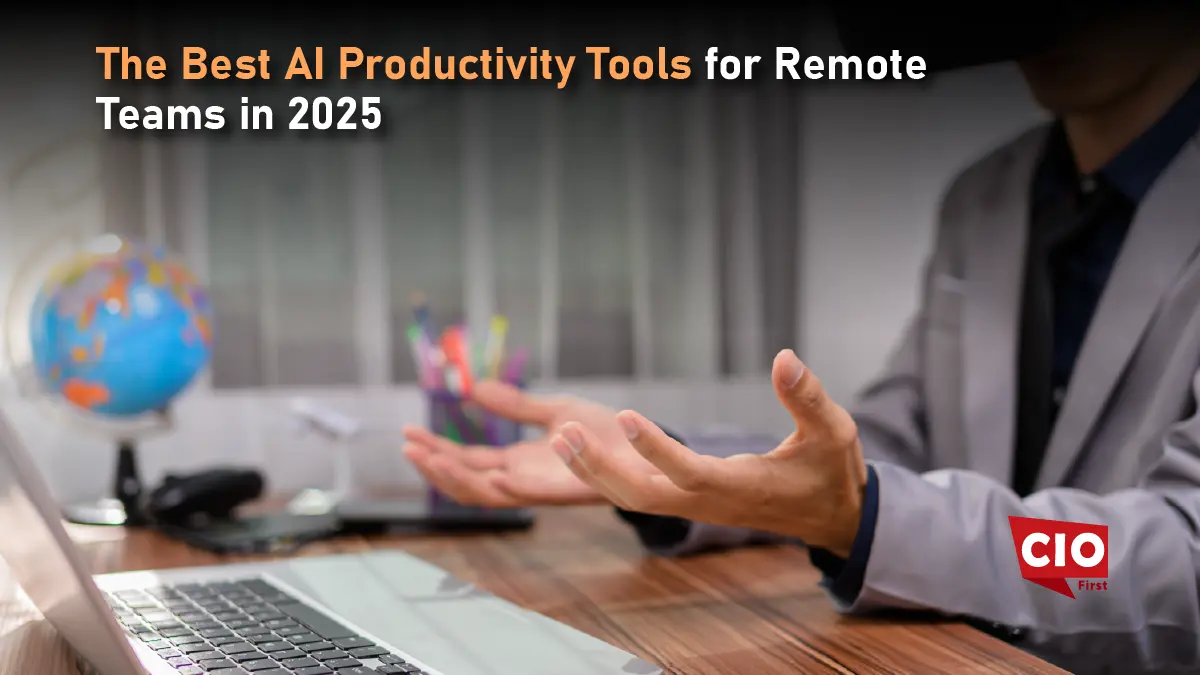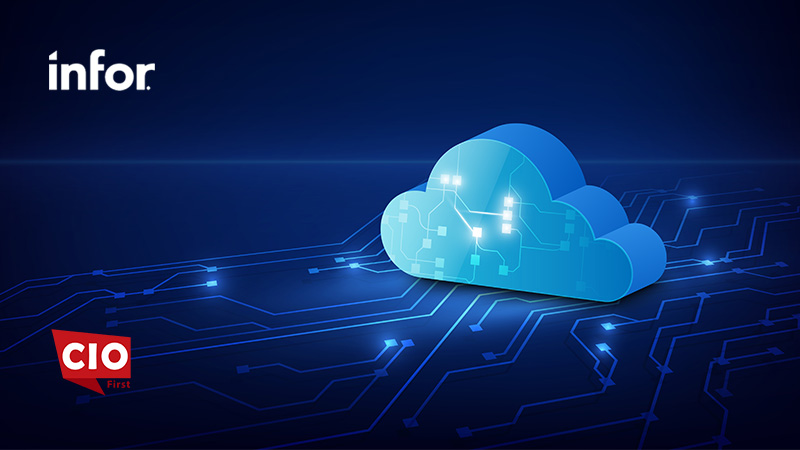Remote work isn’t a lockdown phase anymore. It’s the new normal. The difficulty at present is not converting it to a better version but convincing it to a good version. The global teams are trying to find ways to grab connection, reduce time, and maintain high rates of productivity at the same time without being physically together. This is the place where AI productivity tools are of great help.
By the year 2025, these tools have already progressed and have become way more than just simple automation or chatbots. Rather, these tools are the ones that function as digital counterparts, who organize, help, and even foresee the future of your work.
From summarizing endless meetings to managing projects and predicting what needs attention next, they’re changing how teams work together.
This piece breaks down the top AI productivity tools redefining collaboration, streamlining workflows, and making task management smarter across industries.
Because in today’s hybrid world, efficiency isn’t just about doing more, it’s about working with machines that help you think better.
The Foundational Shift from Automation to Agentic AI
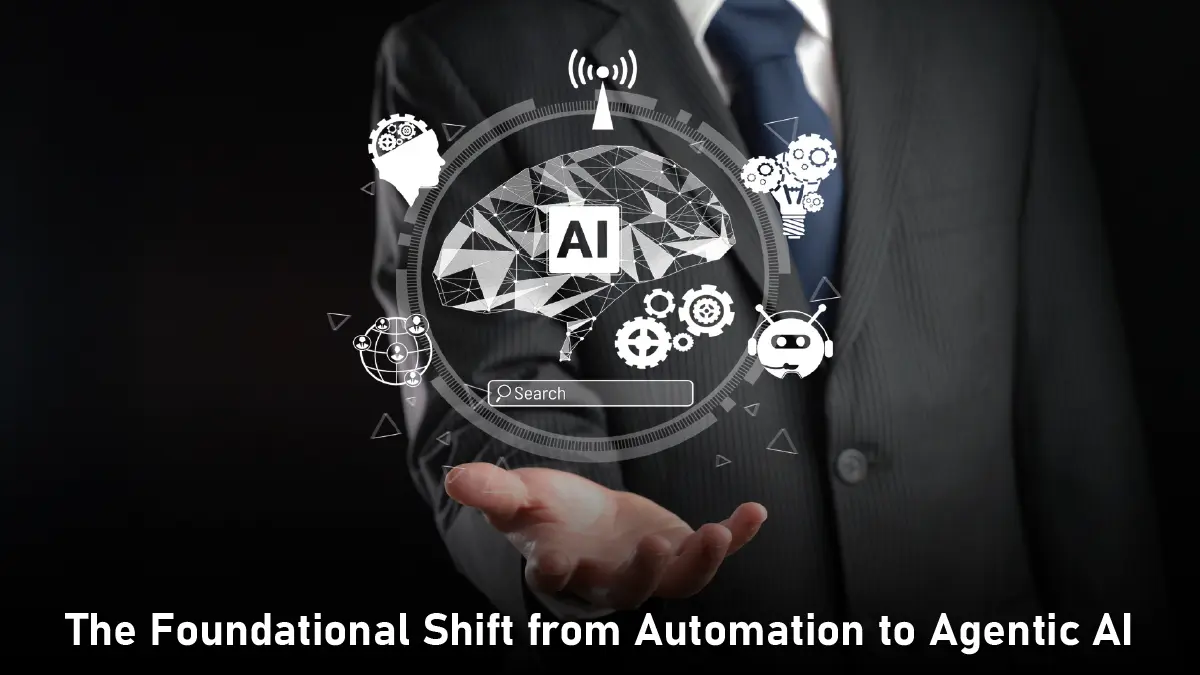
The 2025 technology scene features a major break from the past as we’re witnessing the foundational shift from simple automation to agentic AI. Think about it. Early Generative AI (GenAI) models, like older chatbots, only reacts to a prompt that you give them. They created content, but that was it. Now, though, the landscape is dramatically changing.
We are moving to agentic AI; a revolutionary upgrade. This new kind of system doesn’t wait for your next command. To put it differently, a virtual assistant will be visualized as a self-sufficient, assertive partner endowed with the ability to devise, infer and accomplish total, intricate and multi-layered tasks either for yourself or your group.
The power of this function also contributes to the resolution of three significant issues that are often encountered during remote work.
More precisely, the instruments narrow down the time gaps in asynchronous communication, they mitigate the immense mental strain and finally, they connect the extremely parted workflows that were so annoying to deal with.
Also Read: Attack Surface Monitoring 101: What Every IT Professional Needs to Know
Furthermore, successful tools feature multimodal capability, meaning they expertly handle not only text but also voice and data simultaneously.
Therefore, for maximum benefit, these powerful AI productivity tools integrate deeply into the platforms you already use, like MS Copilot or Slack AI features.
As a result, the autonomous intelligence flows directly into your daily work. Simply put, an agent is not just a helpmate; it is a true transformation.
AI for Seamless Collaboration and Communication
Widely accepted, ‘meeting fatigue’ is one of the most common issues in the workplace today. The good news is that AI-powered productivity tools can make this struggle a thing of the past by completely reshaping teamwork and getting rid of those outdated communication barriers finally.
The overwhelming majority of workers are against long meetings; thus we need to mention the tech that turns ‘meeting fatigue’ into past history. This current wave of AI for collaboration does not just strive for efficiency; it rather forces the companies to reconsider the necessity of compulsory presence and consequently, the people get back their time.
Enter the Intelligent Meeting Assistants, which act as the perfect ‘non-attenders.’ These systems provide essential services, delivering real-time transcription and speaker identification during any call.
More powerfully, they instantly extract key action items and critical decisions. This is huge for remote sync-ups. Because the AI creates a flawless record, the whole team becomes truly asynchronous.
Stakeholders no longer have to waste an hour of their day; they simply review the AI-generated artifact later, instantly catching up on what matters most.
Furthermore, we now have powerful knowledge synthesis tools. Imagine being able to search a corporate ‘brain’ that has read every internal document, every chat thread, and every knowledge base article.
The systems are capable of rapidly gathering accurate information from numerous sources, thereby eliminating the annoyance of divided data.
This immediate access to the overall organizational knowledge reduces the occurrence of the same question being asked repeatedly, speeds up the making of decisions, and ensures that all employees are informed precisely when they require it. It is a vital move towards more intelligent and concentrated labor.
AI for Hyper-Efficient Task and Project Management
The future of getting work done involves systems that do more than just list tasks; they actively manage the entire process. This is where AI truly shines, moving us past simple tracking toward real-time resource optimization. We are talking about tools that transform the way teams operate.
Consider the power of Autonomous Scheduling and Time Optimization. These systems are brilliant at managing the workday. They start by analyzing everyone’s calendar and task list, both personal and for the team.
Then comes the AI. It not only takes the seat of the decision-maker, but also actually and automatically prioritizes what is necessary to be done, sets up the blocks of time devoted to deep work for each task, and finally, harmonizes the timings of high-priority meetings that may involve participants from various time zones.
Motion and Reclaim.ai act as great assistants who ensure that individuals’ work hours are devoted to the most critical tasks rather than meetings or managing the calendar.
Next, you have Agentic Project Management Platforms. These are not just upgraded spreadsheets. These AI productivity tools manage the project itself.
They use Intelligent Resource Allocation, constantly analyzing team capacity and specific skills to assign tasks fairly. This is key because the system proactively balances the team’s workload, which is vital for combating remote burnout and resource imbalance.
They also provide predictive risk alerting and can even draft your project updates and summaries. Platforms such as Asana AI and ClickUp AI allow managers to focus on strategy while the AI handles the complex logistics, ensuring every project stays on track.
Here are the Top 5 Transformative AI Tools for 2025
1. Notion AI (All-in-One Workspace & Knowledge Base)
Notion AI 3.0 introduces the concept of AI agents working independently within the workspace, thus, simultaneously enhancing knowledge management and collaboration processes.
The actions of these virtual helpers include creating databases, modifying documents, and conducting searches in different applications such as Slack and Google Drive, from which they can quickly provide the answers needed by the team.
It is extremely beneficial since it saves the time that would otherwise be used for searching and redirects it to main activities. Besides the search, Notion AI further boosts the users’ productivity by means of complete AI-driven templates which are planned for writing, communicating, and analyzing the data.
The use of these templates eliminates the writer’s block, speeds up the content creation process, and ensures that all teams are maintaining their pace, even if their projects are particularly complicated.
2. Asana AI (Project Management & Resource Allocation)
Asana AI isn’t just a tool. It’s like having a teammate who actually gets your work. Its Smart Workflow Gallery and AI Studio let teams set up complex automations, like automatically sorting IT tickets and sending them to the right person.
Launched in September 2025, AI Teammates work alongside your team, understand the context, and keep everything transparent. Rather than handling the tasks manually, teams get smart suggestions, project insights, and summaries that actually save time.
The result? Everyone knows what’s important, deadlines don’t slip, and work flows without the usual chaos.
3. Fireflies.ai (Meeting Intelligence)
Fireflies.ai removes the busywork from meetings. The next actions and follow-ups are automatically placed in Asana or ClickUp so that there will be no need for teams to track them down later on.
Fireflies launched 200+ AI apps in April 2025, which are capable of handling post-meeting tasks such as email writing, report generation, and conversation analysis backing up each team with hours of time every week.
Its Claude integration keeps transcripts private while HubSpot App Cards put key insights directly in CRM records. By June 2025, Fireflies crossed a $1 billion valuation and added voice-activated search, making meetings faster, smarter, and actually useful.
4. Motion (Scheduling & Time Management)
Motion takes the chaos out of your calendar. Its AI constantly reprioritizes tasks, moving non-critical work aside when high-priority demands pop up, so your focus time stays intact.
On top of scheduling, Motion’s AI-powered creative analytics shows what’s working, why it’s working, and even guides the next ads to run, making campaigns smarter.
In 2025, Motion raised $30 million in Series B funding to build a command center for creative strategists, showing serious growth. For teams juggling projects and deadlines, Motion doesn’t just manage time, it makes every minute count.
5. Jasper (Creative Content & Brand Consistency)
Jasper makes sure marketing teams never lose their voice. Its AI checks every piece of content such as emails, blogs, social posts, so it matches your brand. The quality aspect will not be a concern for teams anymore, as they will be able to produce a lot of content.
In 2025, the majority of marketers will be relying on AI simply because it not only provides them with faster processes but better results as well. Jasper plays a role in automating the repetitive tasks and providing insights that are, to an extent, decision-making.
The benefit is not just on the surface: better, faster, and more consistent campaigns are the outcomes of smarter teamwork. In this scenario, AI is not taking the place of humans, but rather it is allowing the teams to concentrate on the ideas that truly matter.
Sector-Specific Impact and Workflow Transformation
These powerful new systems aren’t limited to general office tasks; they’re transforming highly specialized industries. By leveraging agentic AI, companies are seeing major gains, proving the technology’s versatility and boosting overall expertise.
In the creative and marketing industries, the focus is all about speed, or ‘content velocity.’ Teams now use AI productivity tools to see a drastic reduction in the time it takes to produce content, sometimes achieving a 70% reduction in lead time for initial drafts. They can also generate rapid visual assets, allowing marketing campaigns to launch much faster.
Throughout this Process, the automation was totally accepted by IT and Development world. GitHub Copilot and other similar tools are now responsible for automatically writing boilerplate code and generating documentation.
Moreover, the AI can, without human intervention, prioritize new bug reports coming in according to their seriousness and the availability of the affected team, instantly doing triaging.
Finally, in finance and legal, where accuracy is everything, AI agents are performing critical compliance and analysis functions. These agents quickly compare complex legal contracts, run rapid compliance checks against the latest regulations, and automate the entire generation of quarterly reports from raw data.
In every sector, the goal is the same: let the AI handle the heavy lifting so human experts can focus on strategy and decision making.
The AI-Fluent Future of Remote Work
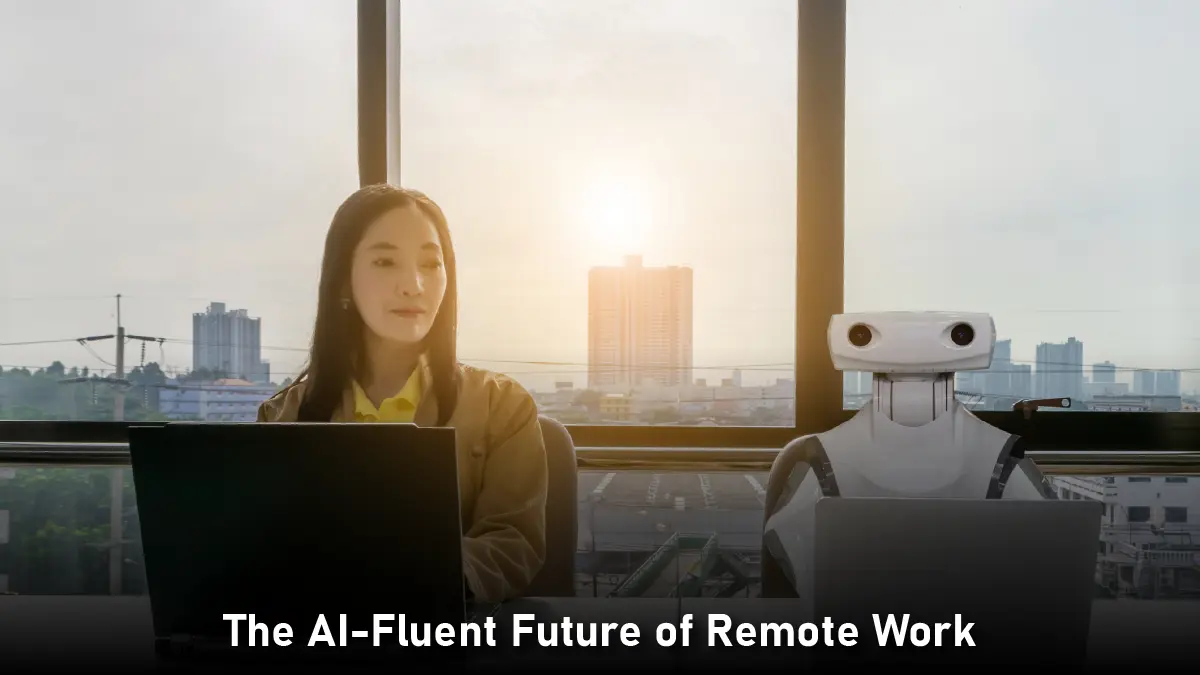
The top AI productivity tools in 2025 do not come in the form of distinct applications but instead, they are a job’s seamless component. They completely embed into the daily routines, portraying themselves as smart agents that provide the necessary cognitive support. This integration is why we must now focus on responsibility.
Agentic AI is performing increasingly complex tasks and therefore businesses need to have powerful AI governance platforms to establish clear boundaries and certify that everything is done ethically.
After all, coming out victorious in this period of change requires a lot more than mere usage of the instruments. The ability to work with, comprehend, give direction to, and trust these agents has now become a fundamental professional skill that every individual has to acquire.
